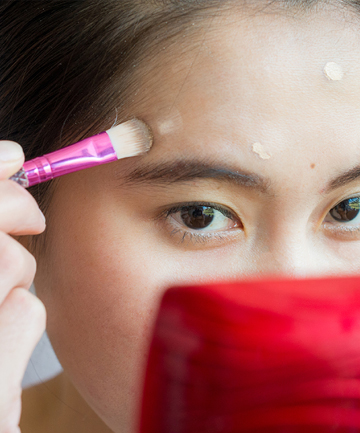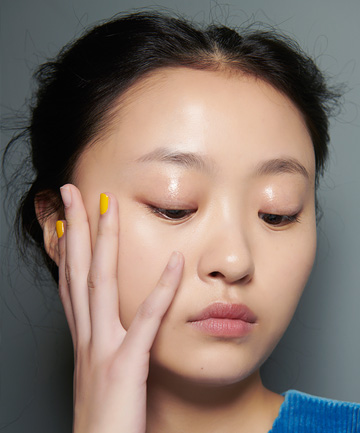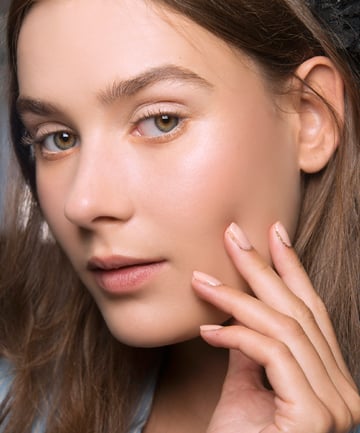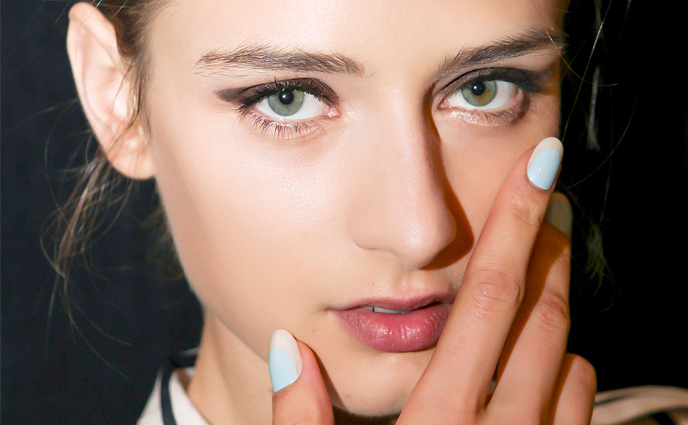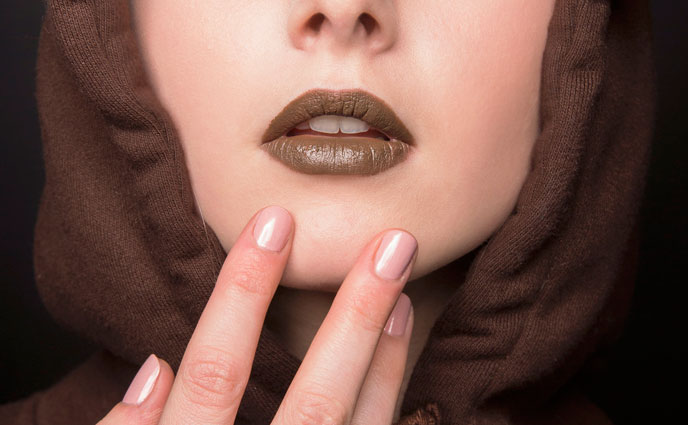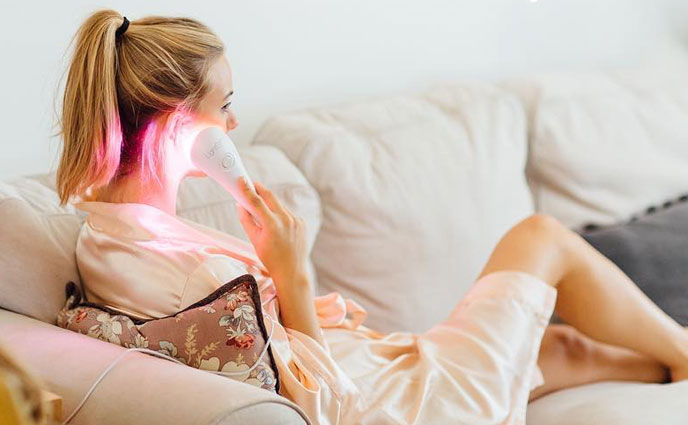From hormonal acne to cystic acne and everything in between, it's fair to say that decoding your breakouts can be a bit of a challenge.
However, it's important to note that there are instances when your "acne" really isn't acne at all: Fungal acne, for example, may look like a regular, run-of-the-mill breakout... but it's not. The common name used to describe this skin condition is Malassezia folliculitis (aka Pityrosporum folliculitis), and according to Austin-based dermatologist Dr. Adam Mamelak, MD, it usually occurs as a result of an infection of the hair follicles on the skin caused by a yeast.
You may be tempted to throw your usual acne-fighting products at it — but the treatments are very different. As such, we asked Dr. Mamelek, alongside other board-certified dermatologists, to share everything you need to know about fungal acne — including, of course, how to treat it like a pro.
Image via Imaxtree
Board-certified dermatologist Dr. Tsippora Shainhouse, MD, FAAD, says fungal acne typically presents as confluent pink papules (or even tiny pustules), usually occurring on the forehead and frontal hairline. It can also develop on other parts of the body (chest, trunk, and back) and usually doesn't cause painful cysts or scarring, she adds.
Similarly, board-certified dermatologist Dr. Todd Minars, MD explains that pityrosporum folliculitis is also itchy, due to the inflammation of the hair follicles. "If you're experiencing itchiness, your acne is a folliculitis issue," he explains. "Sure, your skin can become dry if you're using certain products for real acne, but that's more because of the dry skin as a reaction to the medication. If your acne is itchy from the get-go, it's not acne."
Another differentiating factor? Dr. Minars says fungal acne won't cause blackheads the way normal acne does.
Image via Boyloso/iStock/Getty Images Plus/Getty
"If patients have excessively oily skin, or are prone to excessive sweating, fungal acne can occur," explains Dr. Mamelak. "It can also pop up in patients wearing a tight hat (or helmet) or use thick emollients or creams. Similarly, if patients have been on systemic steroids, or have suppressed immune systems, fungal acne can also develop."
Your hair care products can be another surprising cause behind fungal acne: Dr. Shainhouse explains that oil-based scalp and hair care products can sometimes lead to clogged pores, which in turn leads to fungal acne. She adds that dandruff is usually triggered by the same type of yeast that triggers fungal acne — so watch out for dandruff!
Image via Chobsak Dararuang/EyeEm/Getty
Since fungal acne is an infection of the hair follicles, Dr. Mamelak explains that it can't be treated with the usual acne medications. Instead, you'll want to use oral antifungal agents and shampoos. "Prescription oral antifungal pills and antifungal shampoos can be used, and in resistant cases, Accutane can also be used to effectively clear the skin as well," he says.
Another tip: Dr. Mamelak says that fungal acne can be recurring, so you'll want to be diligent with your treatment plan, and use your antifungal shampoos as directed.
Image via Imaxtree
Dr. Minars says it's important to book an appointment with a board-certified dermatologist in order to treat and diagnose this condition effectively.
"It is important to diagnose pityrosporum folliculitis, because it is treated differently than acne," he explains. "We specifically use anti-yeast medications (like Ketoconazole cream) and oral fluconazole to treat pityrosporum folliculitis, as opposed to antibiotics and Retin-A, which we use to treat acne. So, instead of battling acne for many months and likely having flare-ups over the course of years, you can achieve clearer skin more quickly, once it's accurately diagnosed and treated."
Image via Imaxtree



